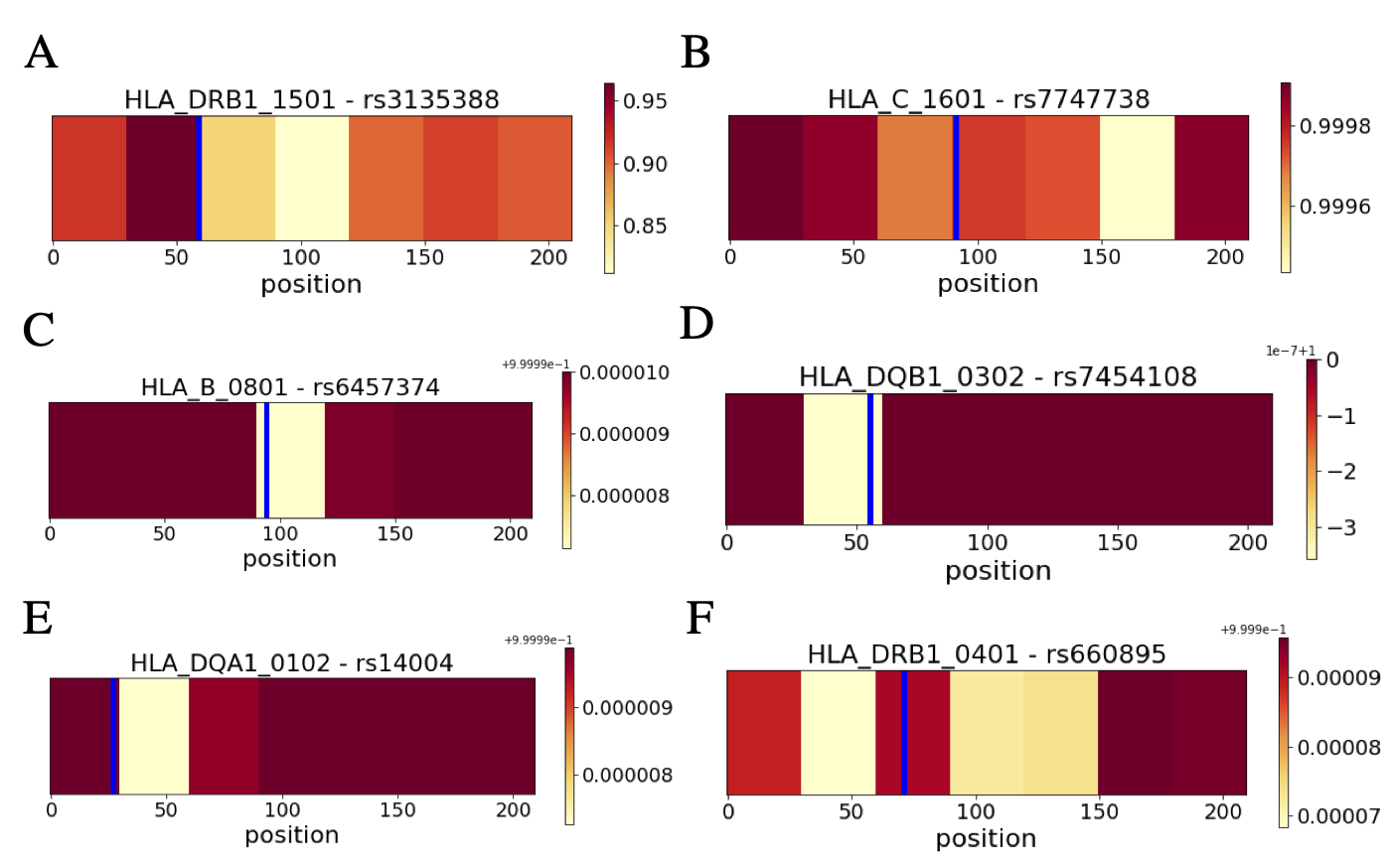
Calvin Chi
calvin.chi at berkeley dot edu
I am an applied scientist in Amazon Advertising's Demand Side Platform (DSP) team. Here I helped implement and launch DSP's first deep learning conversion prediction and pre-ranking filtering models into production. Research wise, I am working on applications of uncertainty quantification, exploration, and reinforcement learning.
I completed my Ph.D. in Computational Biology at UC Berkeley in 2020, advised by Haiyan Huang and Lisa Barcellos, and supported by the NSF Graduate Research Fellowship. My graduate research was at the intersection of applied machine learning and epidemiology/pharmacogenomics, which is summarized by this dissertation.
Interest wise, I love both the theory and practical building of ML/AI systems. The AI subfield I am most fascinated by is reinforcement learning. Recently, due to the rise of LLMs, I have been paying attention to research on LLM agents and their applications.
"Nature cannot be fooled." - Richard Feynman











